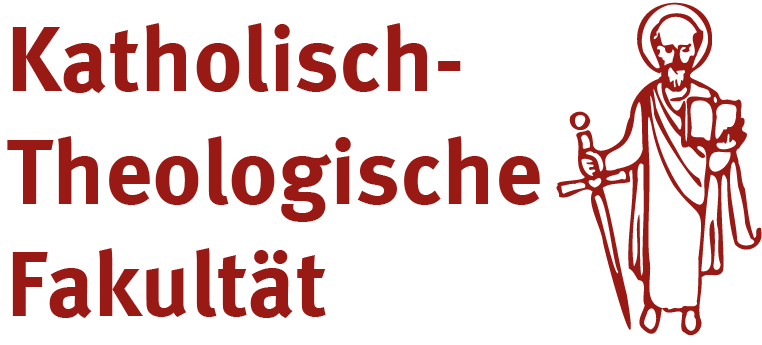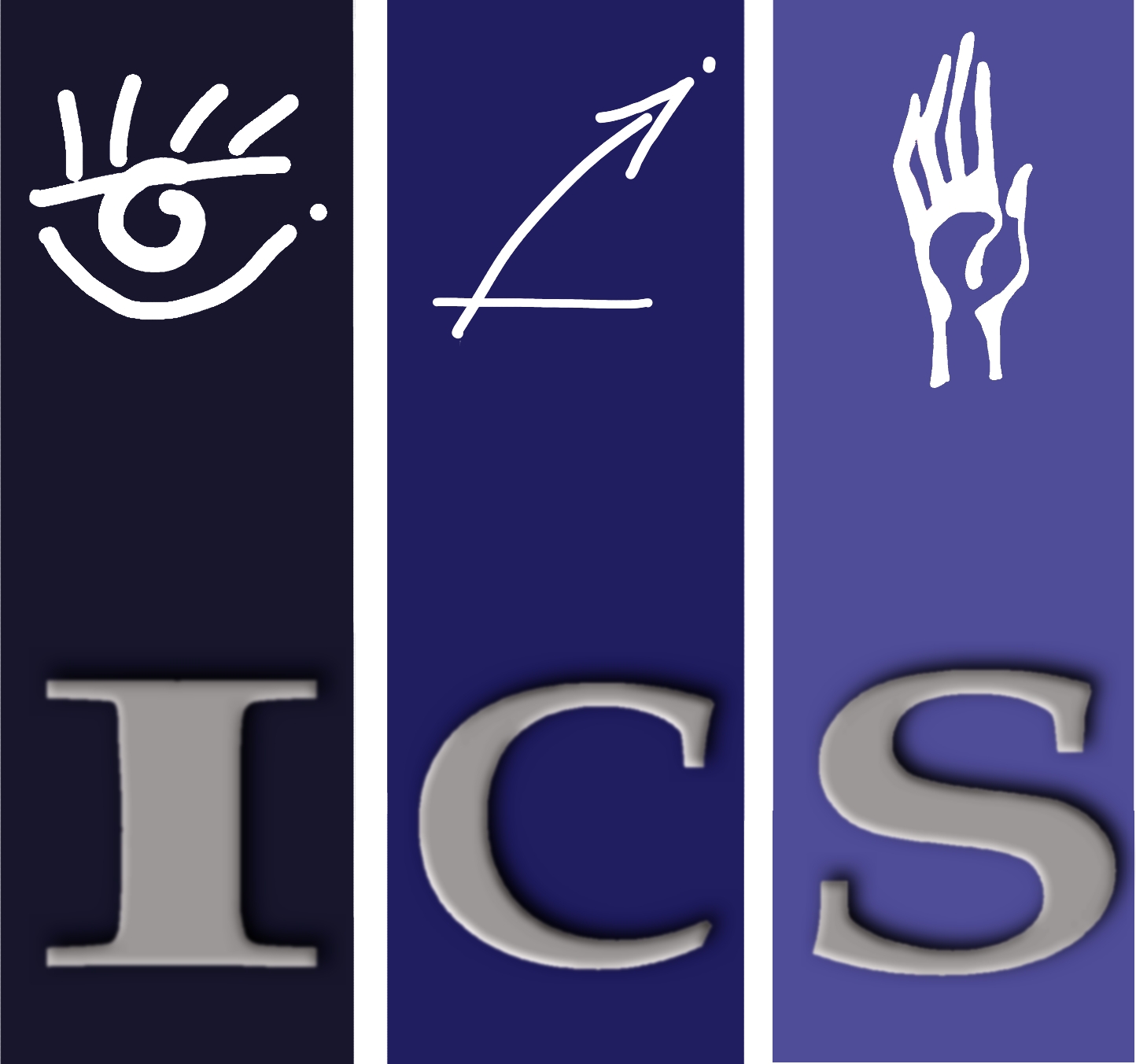Borders: Religious, Political, and Planetary

This project, which is funded by the Deutsche Forschungsgemeinschaft (DFG), is a Christian social-ethical examination of how interreligious interactions, political migration, and ecological devastation interact. The key to the whole project is the notion of borders, which are examined primarily in religious, political, and planetary terms. Religious, political, and planetary borders are bound up in manifold ways with some of the prevailing crises of our times, including forced displacement, rising CO2 levels, xenophobic environmentalism, and international borders as sites of human tragedy and ecological disruption. Into this situation comes the proposed project, which articulates links between religious, political, and planetary borders as a work of Christian Social Ethics. With an aim to explore, integrate, and enlist the three types of borders within a common ethical framework, the three borders types can be defined as follows:
- Religious borders: Points at which the contrasts between religious traditions become explicit and self-conscious to the members of the cultures in question or to third parties, giving rise to narratives that reinforce said contrasts.
- Political borders: Demarcations between neighboring sovereign territories, in which sovereignty is understood in normative terms as mutually recognized, mutually excluded, and uniformly distributed within each territory in question.
- Planetary borders: Ecological thresholds—typically called “planetary boundaries”—concerning human interaction with nonhuman biological and climatic systems, the crossing of which portends irreversible cataclysm.
The project does not aim to map comprehensively the many relationships between these three types of borders. Rather, it advances a more measured, two-part claim, which is, first, that Christian Social Ethicists should consider how attention to religious borders can inform perspectives on political borders, and, second, that insights generated by such attention bear promise in cultivating the cross-border networks necessary to mount an adequate preparation with regard to planetary borders. While the first part of the claim links religious and political borders, the second part of the claim links political and planetary borders. Taken together, the two steps represent a specific and ethically relevant link between religious, political, and planetary borders that anchors the project.
To be clear, the real-world religious, political, and ecological dynamics that are integrated by this two-part claim obtain independently of whether one invokes the word “border.” Yet although there are differences as to how “border” and its associated terms function within the respective discourses, the rhetorical parallels among these discourses nonetheless create a structure by which the various types of borders can be analyzed and compared. Articulating such parallels requires nuance in understanding how border types interact with each other, as well as how borders rhetoric interacts more broadly with what it represents. One must avoid both a false univocity that sees each of the above borders definitions as fixed, separate, and incommensurable and a false equivocity that dissolves distinctions among the three borders types and untethers the language of borders from the reality it represents. Both errors would impair, perhaps fatally, the ethics that the project seeks to develop.
What is needed to go beyond rhetorical parallels is a durable philosophical account of language, truth, and signification. For the proposed project, the key philosophical reference point is the pragmatist thinker C.S. Peirce (1839-1914). Peirce’s thought is an essential referent for the project for three reasons:
Peirce developed an original, highly influential semiotic system that is triadic (in that signification requires an intersection of sign, object, and an apprehending imagination that mediates the sign-object relationship), dynamic, and staunchly realist.
Peirce’s semiotics exists within an intricate logic of relations, one of whose fundamental attributes is that interrogating likeness and alterity—an inescapable task when analyzing borders—is less about determining classes than discerning systems.
Peircean pragmatism is sympathetic to religion and theology, not merely in terms of the theological claims it supports but also in its amenability to appropriation as an instrument for thinking about religious practices and values in multiple social and historical contexts.
Taken together, the intimate links in Peirce’s thought between semiotics, logical distinctions, lived habits, and religious values render Peirce a resource not just for interrogating borders-related logics, but also for Christian Social Ethics projects more broadly. The project thus promises not only to be a prominent Christian Social Ethics project on borders; it also expands the boundaries of the discipline, particularly when it comes to maintaining coherence amidst entangled and transformative social and ecological conditions.
Also fundamental to this project’s grounding within Christian Social Ethics are norms and principles drawn from Christian life and thought. To be considered for this project, there are three selection criteria that such norms and principles must fulfill:
There must be sufficient historical and cultural depth within the tradition so as to present a plausible genealogical link to Christian foundational theology.
There must be a demonstrable relevance to the real-world significance of borders.
There must be a connection to the project’s theoretical basis in Peirce. This connection need exist not so much in terms of any face-value resemblance to Peirce’s thought as through its potential to serve as an appropriate object of Peirce’s logic of abduction. In this project, abductive logic—the logic of hypothesis—operates by disclosing logical principles drawn from Christian texts as a means to diagnose errant practices regarding borders and recommend constructive alternatives.
On the basis of these three criteria, the selection of Christian norms and principles is oriented toward a relatively simple purpose. This is to build from these elements a Christian account of connection-across-difference that can then be applied, in turn, to interreligious dynamics, political borders, and ecological crisis.


